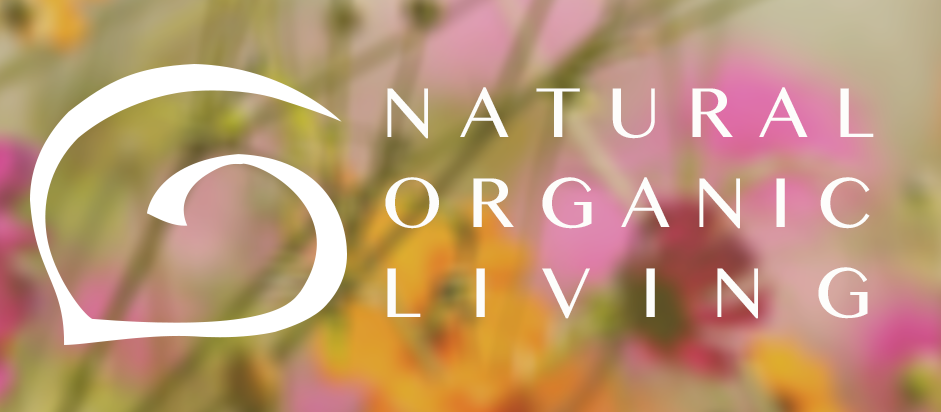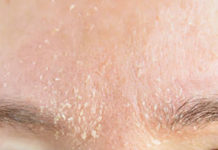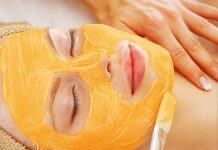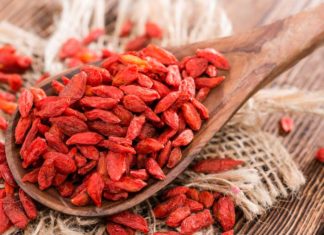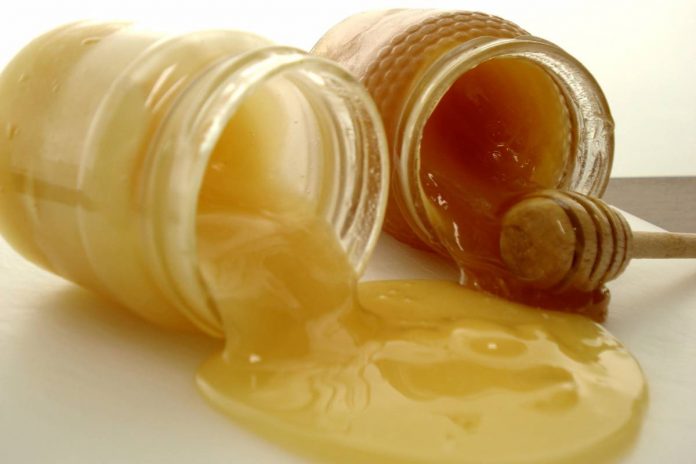
Manuka honey is an amazing superfood. It is not only a natural skin care ingredient but also a medicine due to its high content of antimicrobial and healing properties. However not all Manuka honey are equal. There is some confusion on the different type of manuka honey grading system to allow us to understand the purity and the healing level of the honey.
What is Manuka honey?
Manuka honey is special honey made only in New Zealand and Australia from the nectar of Manuka trees (Leptospermum scoparium). In Australia, there are more than 80 species of native Leptospermum whereas New Zealand only has one, but the Manuka honey has similar properties. This honey product is very rare and difficult to buy because to obtain this honey; honey bees are kept isolated at Manuka flowers farms to ensure the purity of honey. Manuka flowers are a pure white flower as beautiful as the apricot blossom and plum blossom. The flowers contain many health benefits in natural skin care. Honey which is extracted from this species is highly antibacterial and especially superior to conventional honey. Manuka Honey is recognised in the treatment of wounds by the US Food and Drug Administration.

Manuka honey has many benefits on health, especially antibacterial activity, good for natural skin care
What are the characteristics of Manuka honey?
Because Manuka honey is untreated and filtered, it contains bee pollen and propolis, so the honey is not smooth and clear, with a dark brown colour, it is dense, odourless and not sweet. It even leaves a slight numbness on the tongue when you taste it. Many people do not like the Manuka honey the first time they try it because they are used to the sweet scent of conventional honey. However, over time, they are addicted to its special specialities.
Components of Manuka honey
Hydrogen peroxide in Manuka honey acts as a barrier to prevent impurities from entering the honey, so it is always as pure as possible.
Methylglyoxal (MG) is an antimicrobial agent found in most honey species on the market but is limited to very small amounts. However, with Manuka honey, MG is derived from the conversion of another compound known as dihydroxyacetone, which is found in concentrated form in the Manuka flowers nectar.
The main effect of Manuka honey
As one of the most expensive honey in the world, Manuka honey is always popular thanks to its excellent effects. The highlight of Manuka honey is its high antimicrobial properties. This kind of honey is considered a potent natural bactericide; it does not affect the beneficial bacteria in the human body. Besides, it is also considered to be the best medicine, using Manuka honey regularly is the best way for natural skin care, keep skin healthy and youthful. The uses of Manuka honey are:
- Nutrition for the body: Honey is a nutritional food with nutrients like amino acids, vitamin B, calcium, iron, zinc, etc. a for the human body. And according to research, Manuka honey has four times more nutrients than normal honey.
- Good for digestion: Use Manuka honey to prevent and treat digestive disorders, indigestion, gastric reflux, reduce gastritis and irritable bowel syndrome (IBS). Mix one teaspoon of Manuka honey into the warm water every day; you will see its miraculous effect.
- Natural skin care solution: Manuka honey is super effective in treating skin diseases, especially acne and rash by directly applying a layer of Manuka honey to the skin. You can also use this honey to have a softer skin by providing more nutrients for skin from deep inside.
Manuka honey grading system
Hydrogen and Methylglyoxal make Manuka honey different from other conventional honey. In the world, they use different grading systems to measure the qualities and quantities of those components. Let’s learn more about the grading system of Manuka honey.
Currently, there are three common grading systems in the world used to assess the antibacterial activity of Manuka honey: UMF, MGO and KFactor.
UMF stands for Unique Manuka Factor, which is a measure of the level of antibacterial activity produced by nectar found in certain types of Manuka honey. UMF is a proprietary trademark of the Manuka Specialties Association (UMFHA). UMF measures the levels of Methylglyoxal and Dihydroxyacetone in Manuka honey to determine Non-peroxide activity. It is also used to test the presence of leptospiral to ensure the purity of the honey. 100mg leptosperin in 1kg of Manuka honey is enough to guarantee the purity of this honey according to the UMFHA.
- UMF 0-4: low-level activity
- UMF 5-9: medium level activity
- UMF 10-15+: high antibacterial activity
- UMF 16-20+: very high-level activity
Nowadays, UMF 30+ is the highest, but these are rare.

A Manuka honey product labelled 15+ UMF in market
The second grading system is MGO is the abbreviation for Methylglyoxal found in Manuka Honey. The MGO indicates the concentration of Methylglyoxal present in this kind of honey. In 2008, prof. Thomas Henle, director of the Institute for Food and Chemistry at the Technical University of Dresden (one of the prestigious German universities in Saxony), announced that “For the first time scientific research has been able to prove with certainty that Methylglyoxal is the primarily responsible agent for the antibacterial activity of Manuka honey”.

An Australian Manuka honey labelled with MGO grading system
The MGO score ranges from 30+ to over 800+. A Manuka honey rated MGO 450+ would have at least 450mg of Methylglyoxal in 1kg of Manuka honey.
The research found that pure Manuka honey had a very high natural Methylglyoxal level that is it’s directly related to the antibacterial activity. This discovery improves the quality of Manuka honey, instead of using the Phenol method, scientists can measure the amount of MG contained in each kilogram of honey to quantify the antibacterial activity accurately. If the MGO was used to evaluate the antibacterial activity of Manuka honey, the potential for fraud was very low. MGO is a high precision chemical compound test with only +-5% deviation.
Another one, KFactor is a grading system which is created and used by Wedderspoon. The KFactor is based on measuring the amount of honey bee pollen in the honey to determine Manuka honey purity.
At the time, there are three types of KFactor:
- KFactor 12: There are 65% of honey bee pollen in Manuka honey.
- KFactor 16: 75% are honey bee pollen.
- KFactor 22: 90% of pollen are honey bee pollen.

A Manuka honey product of Wedderspoon certified with KFactor grading system
KFactor is unable to measure the therapeutic quality of honey, but it can determine the purity of Manuka honey.
Relationship between the grading systems of Manuka honey
According to Comvita New Zealand, the UMF and MGO scores can be equivalated as follows:
UMF 5+ is equivalent to MGO 83+
UMF 10+ is equivalent to MGO 256+
UMF 15+ is equivalent to MGO 514
UMF 18+ is equivalent to MGO 696+
UMF 20+ is equivalent to MGO 829+
Make sure you choose the best product for Manuka honey. Check carefully before you buy it. A defined labelled which is verified should include the trademark certification, UMF, MGO are the labels you should look for when choosing this kind of honey. It is important to choose certified brands of Manuka honey to maintain your natural beauty. Natural skin care is as important as for taking care of the health of your body.
For more useful information about organic products or natural skin care in Australia, please visit our website at https://naturalorganicliving.com.au/. Thanks for reading.
